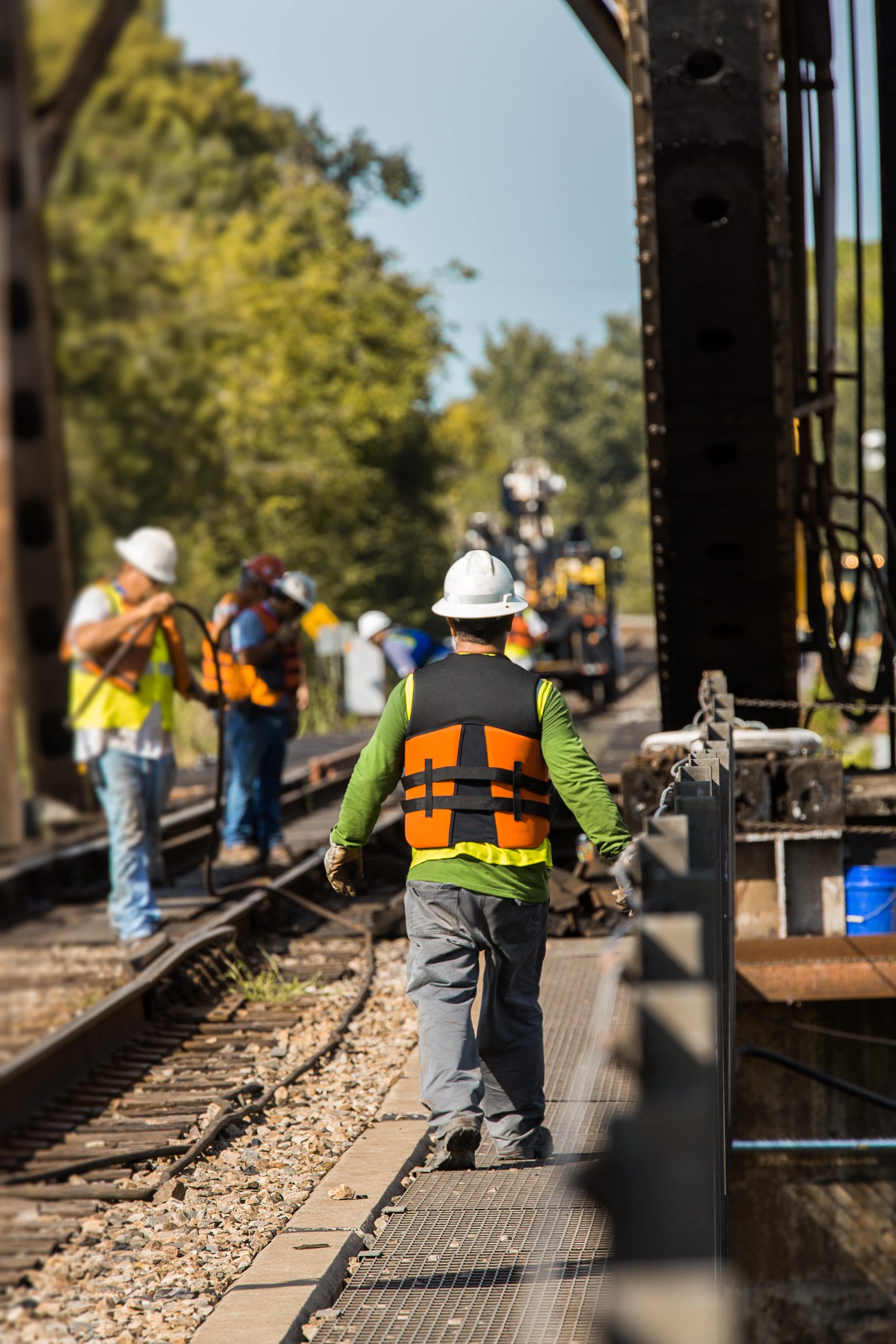Understanding Railroad Cancer Settlement Amounts
The railroad industry, while vital to the functioning of the economy, has actually been linked to different health threats, especially cancers, among its workers. Those employed in this requiring field might struggle with greater occurrences of particular kinds of cancer due to direct exposure to harmful products. Subsequently, the legal landscape surrounding railroad cancer cases has developed, leading the way for settlements and settlement claims. This short article aims to supply an extensive exploration of railroad cancer settlement amounts, the elements affecting these figures, and insights into the claims procedure.
The Context: Railroad Work and Health Risks
Railroad workers are often exposed to harmful substances, such as asbestos, benzene, and diesel exhaust, which can result in severe health issues, including cancer. The Federal Employers Liability Act (FELA) plays an important function in allowing railroad staff members to look for compensation for injuries or health problems triggered by carelessness on the part of their employers.
Health Risks in the Railroad Industry
The following table sums up typical cancers connected with railroad work:
| Type of Cancer | Possible Causes |
|---|---|
| Lung Cancer | Diesel exhaust, asbestos |
| Mesothelioma | Asbestos exposure; insulation products |
| Bladder Cancer | Benzene exposure; chemical solvents |
| Prostate Cancer | Occupational dangers |
| Non-Hodgkin Lymphoma | Direct exposure to pesticides, solvents, and chemicals |
Understanding Settlement Amounts
Settlement amounts for railroad cancer claims can vary commonly based on numerous factors. Listed below, we outline essential components that affect how payment is figured out:
Factors Influencing Railroad Cancer Settlements
- Type of Cancer: Certain kinds of cancers, such as mesothelioma, normally necessitate greater settlements due to their severity and aggressive nature.
- Seriousness of Illness: The stage of cancer at medical diagnosis, treatment expenses, and the influence on quality of life can result in significant variations in settlement amounts.
- Duration of Employment: Longer tenures may reflect a higher direct exposure level causing prospective claims.
- Medical Expenses: The total cost related to treatment, consisting of continuous medical care, can be a substantial aspect in negotiations.
- Lost Wages: Compensation for lost earnings due to failure to work can significantly increase settlement amounts.
- State Laws: Jurisdictions differ in terms of worker security laws, consisting of FELA, which can affect how cases are adjudicated.
- Evidence and Documentation: Strong documentation-- consisting of medical diagnoses and evidence of work environment direct exposure-- can strengthen a claim and lead to a more favorable settlement.
Typical Settlement Amounts
Though it is challenging to generalize particular figures due to the irregularity in each case, the following table presents approximated average settlement varieties for various railroad cancer types:
| Type of Cancer | Typical Settlement Range |
|---|---|
| Lung Cancer | ₤ 500,000 - ₤ 1.5 million |
| Mesothelioma cancer | ₤ 1 million - ₤ 3 million |
| Bladder Cancer | ₤ 300,000 - ₤ 600,000 |
| Prostate Cancer | ₤ 200,000 - ₤ 500,000 |
| Non-Hodgkin Lymphoma | ₤ 250,000 - ₤ 750,000 |
The Claims Process
Navigating the claims procedure can be complex, needing mindful documents and legal competence. Here's a step-by-step list of actions typically involved in submitting a claim:
- Consultation: Engage with a qualified attorney experienced in FELA cases and railroad employee rights.
- Gather Documentation: Collect relevant medical records, work history, and evidence of exposure to harmful products.
- Sue: Your attorney will help submit the claim with the proper railroad company or insurance coverage provider.
- Settlement: Initial offers might be made, and your attorney will work out in your place to secure a reasonable settlement.
- Lawsuits: If an acceptable settlement can't be reached, the case might advance to litigation, where a court will deal with the conflict.
Regularly Asked Questions
What is FELA, and how does it associate with railroad cancer claims?
FELA, or the Federal Employers Liability Act, permits railroad workers to seek compensation for injuries sustained on the job, consisting of those arising from company negligence causing cancer. This act provides legal security for workers not covered under conventional workers' payment laws.
How long do I have to sue?
Generally, railroad workers have 3 years from the date of their medical diagnosis to file a lawsuit or claim under FELA. Nevertheless, it's essential to speak with an attorney as quickly as possible to guarantee your rights are safeguarded.
Do I require an attorney to sue?
While it is not lawfully required, engaging an attorney who focuses on FELA claims can substantially enhance your opportunities of obtaining a significant settlement and navigating the complexities of legal procedures.
Can I still submit a claim if I have retired?
Yes, former railroad workers can still submit claims for diseases developed after retirement, as long as they satisfy the eligibility requirements under FELA and can prove workplace exposure.
What should I do if I was diagnosed with cancer due to workplace direct exposure?
Seek medical attention right away and talk to a well-informed attorney experienced in railroad claims. They can assist you in comprehending your rights and how to proceed with a prospective claim.
Railroad cancer settlements are a vital topic for workers in the market and their families, offering an opportunity for financial recovery in the middle of tough circumstances. By understanding Railroad Cancer Lawyers that influence settlement amounts and the claims procedure, affected individuals can take informed actions towards protecting the payment they are worthy of. While every case is special, awareness of the potential for recovery can empower railroad workers to advocate for their health and rights. With certified legal representation, those exposed to dangerous products in the railroad market can navigate their claims with confidence, ensuring that justice is served.

